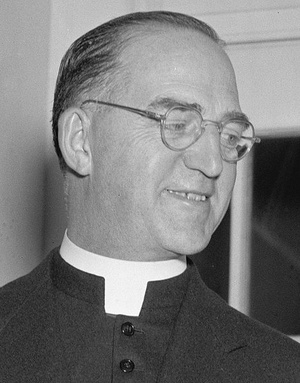Don’t trouble Marc Andreessen with bad news

Entrepreneur and listicle investor Marc Andreessen blames the example set by Washington Post reporters Carl Bernstein and Bob Woodward for the declining fortunes of print news organizations. Andreessen’s thesis is that after Woodstein’s work on Watergate, reporters “became obsessed with unearthing scandal, which metastasized throughout print journalism. Gunning for Pulitzer bait….” He adds that “Endless scandal frenzy is exhausting and demoralizing. Particularly when applied indiscriminately across news landscape, and particularly when extrinsic press motivations are so clear.”
Andreessen is putting the cart before the horse. Public trust in all our institutions, including Congress, the executive branch, big business–even public schools–has been declining for years. That’s not the fault of journalists or their news organizations, who report on these institutions, but of the institutions themselves. Long before Watergate, President Dwight Eisenhower denied the existence of U2 spy flights over the Soviet Union right up to the moment that Moscow produced downed U2 pilot Gary Powers. Eisenhower’s lie shocked Americans; now we are hardly surprised when a president lies about Iraqi yellowcake in a State of the Union address or serially about keeping health insurance you like.
Similarly, in the wake of Watergate, Americans learned of FBI and CIA abuses and rampant lawbreaking, the 20 years of Lockheed Corporation bribes to foreign officials, and the suspicious 1974 death of Kerr-McGee nuclear whistleblower Karen Silkwood, to name but a few.
Key institutions in society were crooked, corrupted and in some cases rotten to the core, reporters found. Take the winners of the Pulitzer Prize for local investigative reporting, both before and after the Watergate story broke. In 1977, the winning entry, by Acel Moore and Wendell Rawls Jr., told of the horrific treatment endured by “patients” at the Fairview (Pa.) State Mental Hospital. The winner in 1976, the staff of the Chicago Tribune, exposed abuses in housing programs for the poor. In 1975, the Indianapolis Star won for its reporting on widespread local police corruption. In 1974, William Sherman of the New York Daily News won for his series documenting fraud in the New York Medicaid program. And in 1973, the Omaha Sun won for its expose of Boys Town, the venerable charity featured in a 1938 Hollywood film starring Spencer Tracy and Mickey Rooney. Boys Town, which in the 1970s cared for about 700 troubled youths, perpetually cried poverty in its fundraising appeals. The Sun revealed that the charity had stashed $209 million in secret accounts–or about $1.7 million per boy in today’s dollars.
Even Boys Town was crooked.
Following the Sun’s “endless scandal frenzy,” Boys Town righted itself by becoming transparent. It restored its reputation by offering a full accounting, opening its books to the public. It also started spending much more of the funds it raised, expanding to other cities and serving far more than it did before the Sun’s investigation.
Andreessen’s critique of the “endless barrage of scandal, tragedy, and conflict” that “makes the world seem worse than it is” isn’t new to the news industry, and fits nicely into a longstanding tradition of newspaper publishers who prefer stories like the 12 types of boys you’ll have crushes on this school year and damning evidence that Beyonce is photoshopping her Instagram pictures to hard news. Here, for example, is a memo circulated at a paper in the Hearst chain in the 1930s:
We must consider that the composite newspaper reader does not care a hang about tax rates, budgets, insurance, disarmament, naval appropriations, public utilities policies, municipal improvements, or scores of other subjects which may appear to be important. Newspaper readers are most interested in stories which contain the elements most dominant in the primitive emotions of themselves, namely (1) Self-preservation, (2) Love, or reproduction, (3) Ambition.
The memo is quoted in an essay called “Why Can’t We Tell the Truth? Reporters Answer,” written by George Seldes, a crusading journalist who was, among other things, the first to write extensively about medical studies showing connection between cigarette smoking and early mortality. Like Andreessen, Seldes thought that Watergate exposed failings in the press, but not because of overzealousness after the fact. Watergate wasn’t Nixon’s first scandal–he had used political slush funds, ran phony front groups (a California judge found he violated the state’s electoral laws) and dirty tricks campaigns long before the Watergate break-in. Had there been more endless scandal frenzy in the 1950s and 1960s, perhaps Nixon’s criminality would have been exposed much earlier. Perhaps the country could have been spared the long national nightmare of Watergate. And perhaps, as newsrooms shrink and we devote more time to 18 adorable elephants than to politics, we are risking another nightmare.

